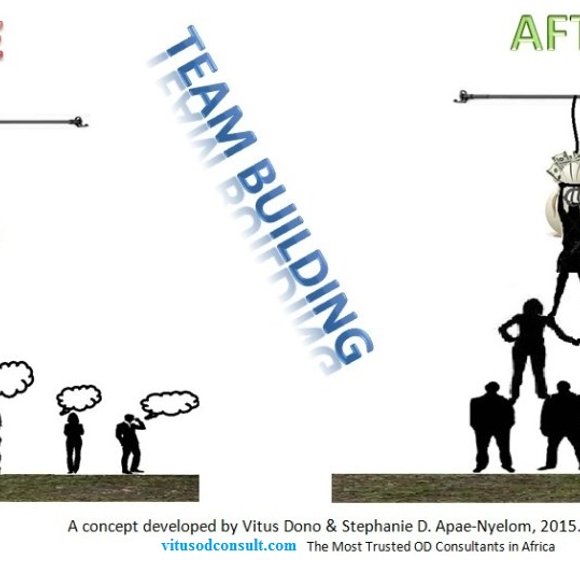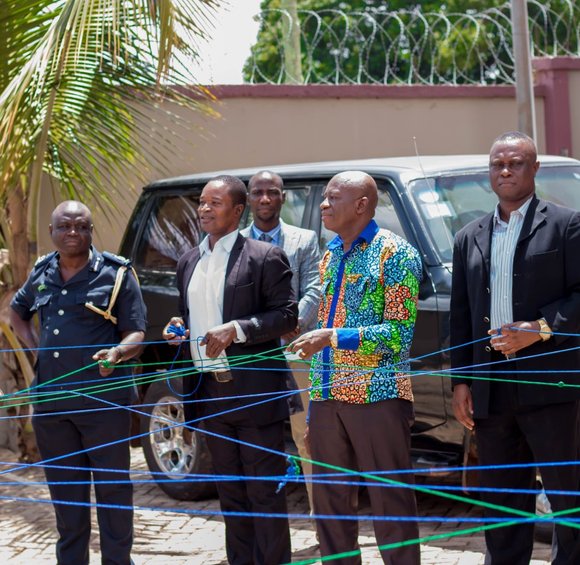Why Your Proposals End Up In The Shredder
WRITTEN BY: VITUS DONO (MSC OD, ODCC, EMODAL) 21ST MARCH, 2018
FIRST PUBLICATION: WWW.VITUSODCONSULT.COM
In a conversation with Mrs. Aberta Chuku Dono, a marketing professional in Ghana, she said” Marketing is a skill but Selling is an Art” she explains that people need to see the brighter colors of a new purchase to gain satisfaction. So the job is to paint them a picture of added value. The clearer and prettier your art, the quicker the sale.
Entry into an Organisation is an interestingly dicey phase of Consulting in Organisational Development (OD). It may come as a clear-cut strategic phase with clear expected outcomes when a client calls you in to Consult on perceived issues. However, it becomes a much trickier art when the initiative is coming directly from you. You may have observed and researched enough to identify unhealthy Organisational Practices warranting Organisational Development processes to transform the organization into higher and healthier performance.
Ironically your prospective client shoots you down each time you try to enter. Each proposal is treated with a wave of the hand and may just end up in the shredder. Your mind is constantly bugging why? Why? Why?
WHY ARE YOU NOT GETTING THE ATTENTION YOU DESERVE??? WHY
There could be several reasons why you are not being taken seriously, the sooner you find out why the quicker you get signed in.
WHAT IS THE LEVEL OF DISSATISFACTION IN THE CLIENT???
More often than not, it comes at a seemingly absurd cost of pride and reality for most organizational leaders to accept dissatisfaction in their organizational systems until they are helpless with problems. However, dissatisfaction is a major determinant of the willingness to effect change and transformation in an Organisation. In my earlier post “The Role Of Dissatisfaction In Change” I elaborated on the importance of the client’s dissatisfaction in a current state to warrant a change effort. It is important to clarify that dissatisfaction must not necessarily mean poor performance bugged with Organisational problems. Every organization that sees itself in its true reflection will most certainly want to grow stronger, better, and healthier. In this light, the client needs not to be dissatisfied with setup or need not be underperforming to warrant an OD intervention. The OD process is intended to enhance and foster sustainable healthier growth. So if the organization is doing so well on its own, imagine how much more maximization and sustainability can be achieved with the incorporation of OD
That said, your proposal will only appeal to the client’s dissatisfaction only if it depicts an addition of value. Don’t be modest in stating the benefits of your proposal to the client but rather be clear and succinct in describing what they stand to gain. Keep in mind that the organization’s prime motive is to maximize profit, hence a process to enhance productivity and increase profit margins is surely a process of interest to the client. Clients need not be saddled with problems and at the brink of closure to require OD. OD needs to be incorporated into an organization’s activities to ensure the sustainability of development and growth.
Draw a picture of added value rather than a transformational picturesque. Dr. Roland Sullivan, one of the 100 original change agents, said at the 2015 international OD conference held in Kumasi, Ghana ” Transformation is so obvious, it needs no measure” This truth of this statement should guide you in your proposal. You do not need to focus on the amount of transformation but rather the additional value the OD process brings.
THE FOLLOW-UP STRATEGY
Believe it or not, the facts remain that only a marginal few deals are closed on the spot. Realistically, a business proposal requires constant follow-ups and revisions. The idea is not to put pressure on the client to accept your proposal but rather to find understand the client’s position on the subject of discussion. A follow up preferably in person creates the opportunity for the client to expound his position on the proposal. This allows the consultant to tailor a follow-up proposal to suit the client.
Creating a timely follow-up strategy is very important if the client is to develop trust in your proposal. This is undoubtedly part of your entry process as an OD Consultant.
It is very important to use each follow-up meeting to create a reason to keep in contact with your client.
THINGS TO KEEP IN MIND DURING FOLLOW-UPS
You want to understand the client more than you want the client to understand you.
Do not try to force your idea, listen to what the client really wants.
You hold a process that will definitely help the client grow so relax and be professional.
Don’t be glued to your initial proposal, look for other areas where you can work with the client
Don’t leave the table with anything to follow up on
Stay in touch, one way or the other.
Check out CCOD Academic and Professional Programs at www.ccod.edu.gh
Official Partner of Institute of Organization Development (IOD), Florida, USA
Accredited by the National Accreditation Board (NAB)
Affiliated to the University for Development Studies (UDS), Ghana












.jpg)
